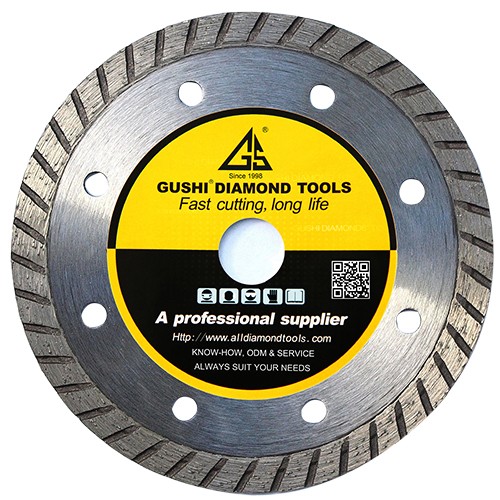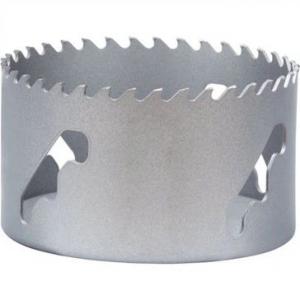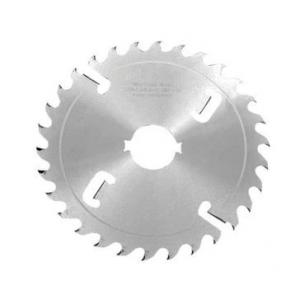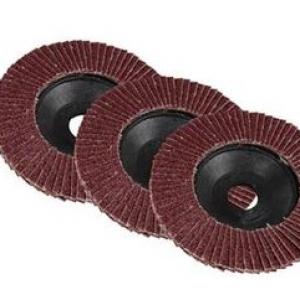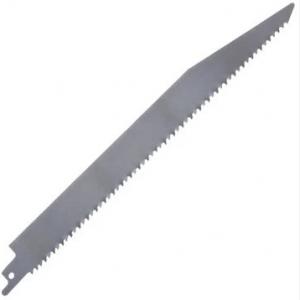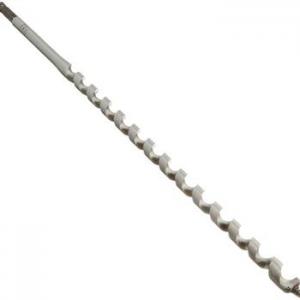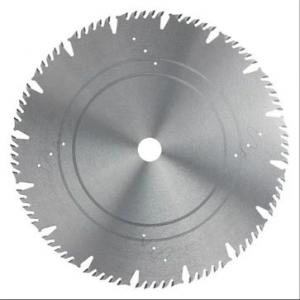How to Double the Lifespan of Your Diamond Saw Blades?
The Critical First Step: Proper Installation
A blade’s lifespan begins with correct installation. Many operators overlook torque specifications when mounting blades, leading to premature warping. Always use a calibrated torque wrench and follow the manufacturer’s recommended values—typically between 25-35 Nm for most 14-inch blades. The flange surfaces must be clean and flat; even 0.1mm of debris can cause uneven stress distribution. For wet cutting applications, ensure water nozzles are aligned to cool both sides of the blade equally, preventing thermal warpage.
Storage Solutions That Prevent Degradation
Blade longevity depends heavily on storage conditions. Never store diamond blades flat on concrete floors where moisture can corrode the steel core. Instead, hang them vertically on pegboard hooks in climate-controlled environments. For long-term storage (over 3 months), apply a thin coat of anti-corrosion oil to the steel core and wrap the blade in vapor barrier paper. This simple practice can prevent up to 70% of storage-related performance degradation.
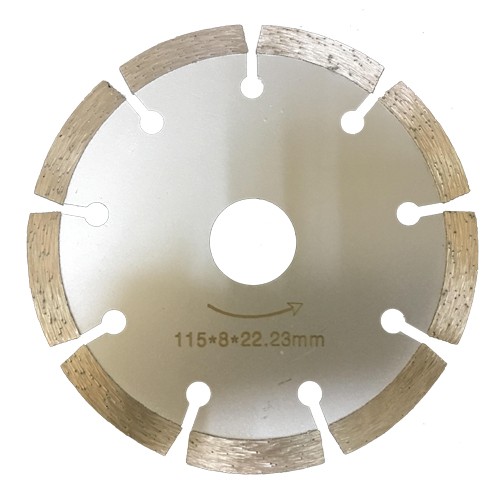
Reading the Wear Patterns Like a Pro
Understanding wear patterns is diagnostic. A healthy blade shows uniform diamond segment wear with 1-2mm of matrix recession. Abnormal patterns tell specific stories: crescent-shaped wear indicates improper water flow, while stepped wear suggests machine vibration issues. The most critical red flag is segment “glazing”—a shiny, smooth surface showing the diamonds aren’t protruding properly. Catching these signs early allows corrective action before irreversible damage occurs.
The Art of Dressing and Reconditioning
When performance declines, skilled operators can revive blades through dressing. For moderately glazed segments, use a silicon carbide dressing stick at a 15-degree angle to the blade surface during rotation. Severe cases require professional re-tipping services where new diamond segments are laser-welded onto the existing steel core. This process typically costs 30-40% of a new blade but restores 90% of original cutting capacity.
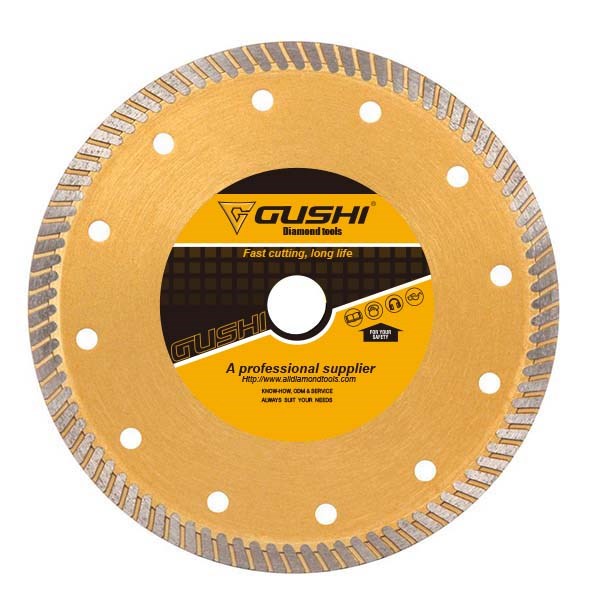
Knowing When to Retire Your Blade
Even the best-maintained blades eventually require replacement. The decision point comes when: 1) Segment height wears below 2mm, risking core exposure 2) The steel core shows concentric fatigue lines 3) Cutting produces excessive vibration despite dressing. Continued use beyond this stage risks catastrophic failure—a broken segment at 3,000 RPM becomes a dangerous projectile.
Water’s Overlooked Role in Blade Longevity
Water quality directly impacts blade life. Hard water (over 120 ppm calcium) leaves mineral deposits that accelerate segment wear. Ideal cutting water should be filtered to 50μm and treated with rust inhibitors. In recycling systems, maintain pH between 6.5-7.5 to prevent acidic corrosion. These measures can extend blade life by 25% compared to untreated water use.
Implementing a Proactive Maintenance Routine
Top-performing workshops adopt predictive maintenance. They log each blade’s: installation date, material cut, dressing frequency, and performance metrics. This data reveals optimal replacement cycles—typically 120-150 cutting hours for granite blades. Pair this with quarterly equipment alignment checks (spindle runout should be <0.02mm) to eliminate unnecessary blade stress. Such systems routinely achieve 2-3x longer blade life than reactive approaches.
